50,000 miles might seem like a lot of miles, but depending on how often you drive, your odometer might surpass this mileage milestone in a flash. If you are wondering how long it takes to reach 50,000 miles, we can help. We researched driving habits and statistics in depth so that you'll know what to expect.
The amount of time it will take you to reach 50,000 miles depends on how often you drive your vehicle. The average American driver puts 13,500 miles on their vehicle each year, which means the average vehicle will reach 50,000 miles in just over three and a half years.
Now that we know how long it will typically take to reach 50,000 miles, we'll take a look at some scenarios that might paint a familiar picture for you. You might also be curious how much 50,000 miles is worth to a car or how many miles a car should last. For the answers to these questions and more, read ahead in this post to see what our research has uncovered.
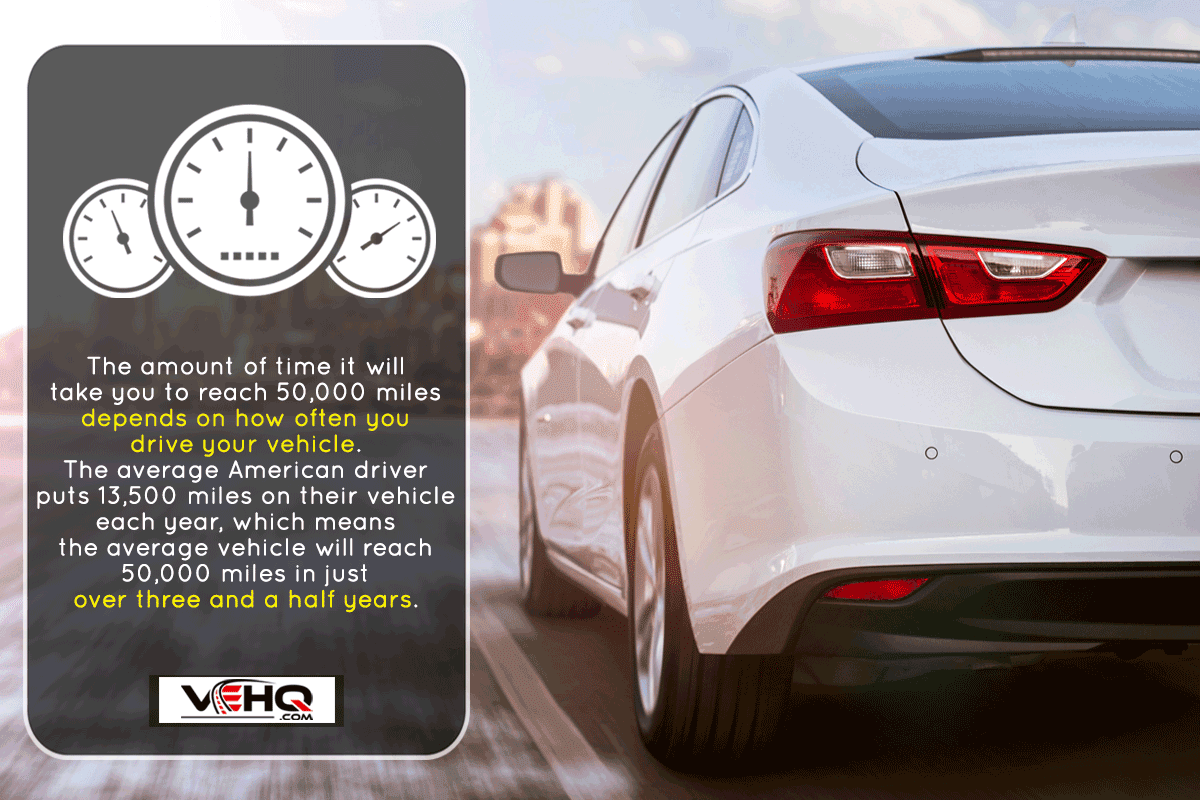
How Long Will It Take You To Drive 50,000 Miles On Your Car?
The U.S. Department of Transportation revealed that the average driver in the United States puts 13,500 miles on their primary vehicle each year. At well over 1,000 miles per month on average, this is the highest amount Americans have averaged over the same time frame in history.
Driving the uptick in this average is the fact that many more Americans are moving out into the suburbs and beyond. This increase in commuting miles raises the national average. But this is a trend that might soon reverse based on some new data.
As many Americans are working remotely, several former commuters no longer put miles on their vehicles daily. In time, should telecommuting and remote work continue to rise, the average number of engine miles in the United States might noticeably drop.
How Much Are 50,000 Miles Worth To A Car?
What a used vehicle is worth is based on several variables, each of which should factor into your consideration when buying one second-hand.
The condition of the car—inside and out—will greatly determine its value. The vehicle history is also important, as past collisions, even though repaired, can lower the value.
The number of miles is also important. Nothing lasts forever, no matter how storied a model's reputation is for longevity. The more miles on an engine, the closer it is to the end of its useful life.
It should be no surprise that the value of a vehicle is in inverse proportion to the number of miles on its odometer. For example, a vehicle with under 10,000 miles will have a relative value of up to 98%, while one with 90,000 miles sees its relative value drop to 64%.
A vehicle with 50,000 miles will have a relative value of 72% to 74%.
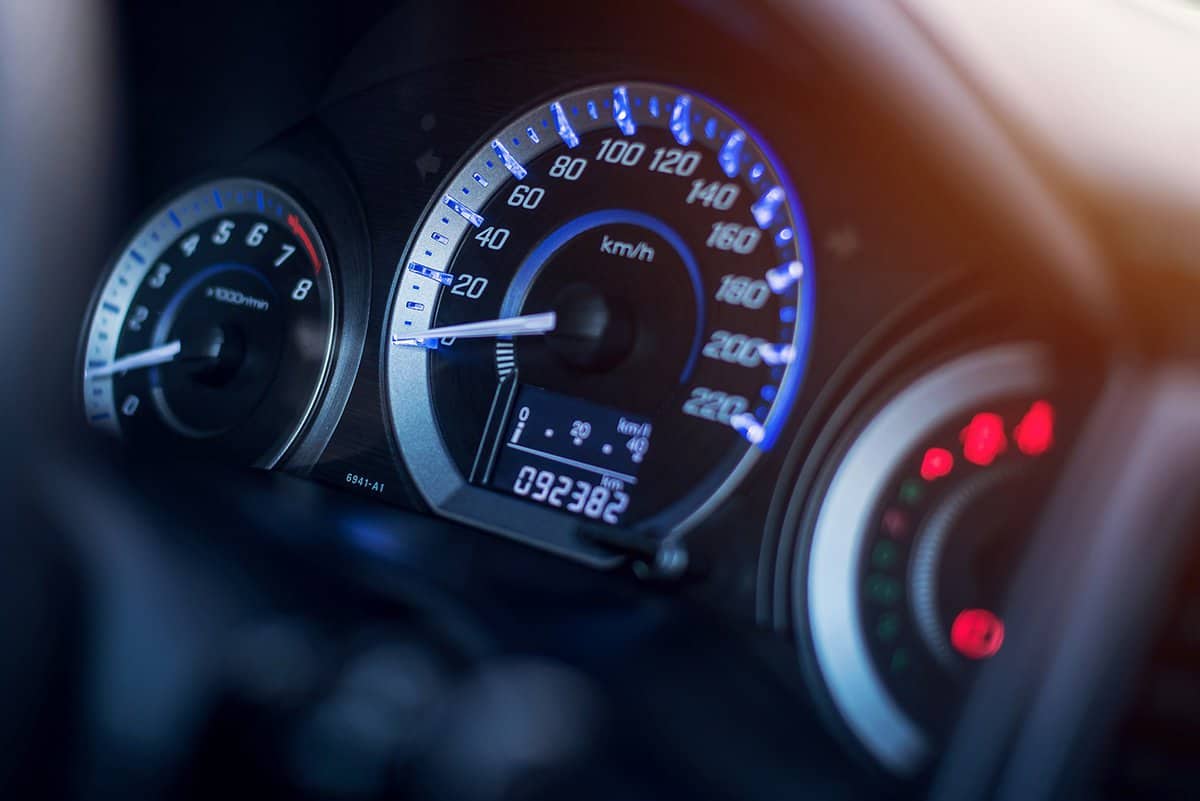
How Many Miles Should A Car Last?
Many consumers will cite longevity and reliability as two of the most important considerations when shopping for a new or used vehicle. Not everyone can afford to replace their primary vehicle every 10 years or so, making higher mileage cars and trucks highly desired.
With so many advances in automotive technology over the last few decades, it shouldn't come as a surprise that there are models that will last upwards of 300,000 miles.
In our research, we found that there is a wide range of longevity, however. But considering the average number of miles Americans put on their vehicles, even ones that have an average lifespan will be more than adequate.
AARP reports that the average passenger vehicle will get 200,000 miles before needing to be replaced. Even if you drive well over the amount driven by the typical owner and put 20,000 miles a year on the engine, the average car will still yield a decade of life.
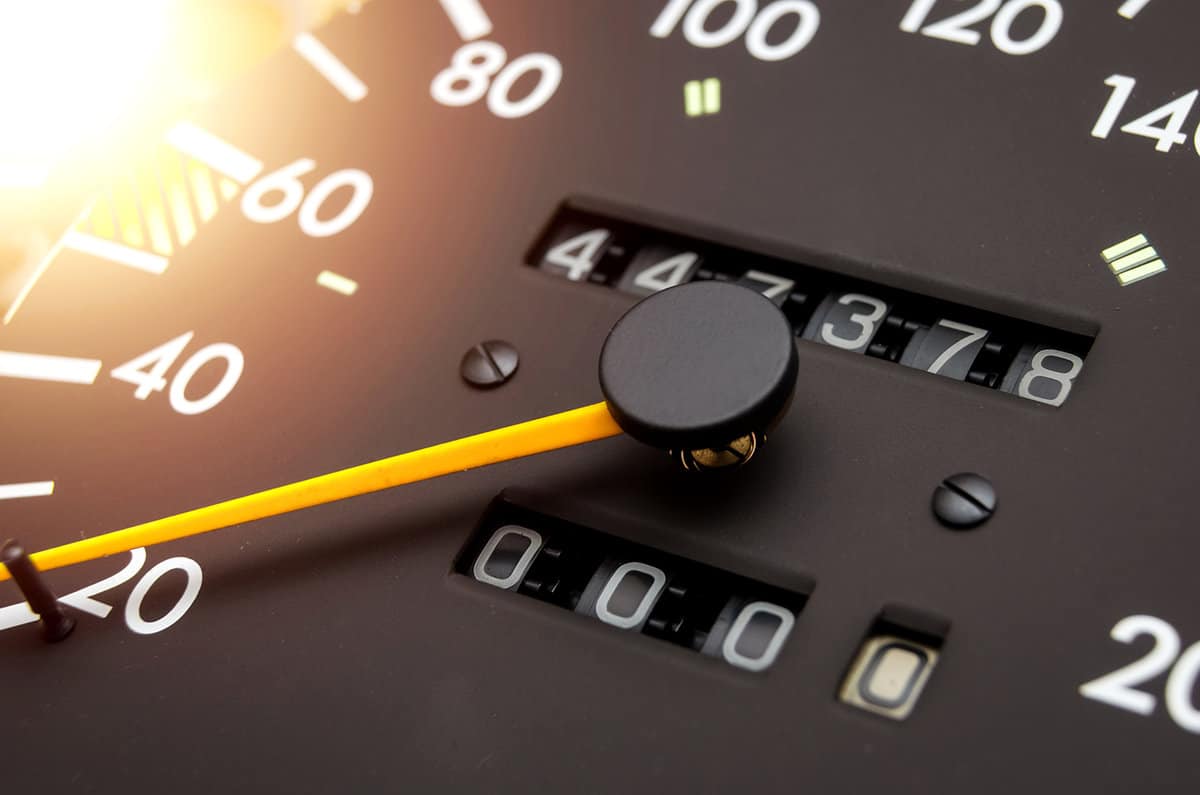
Tips On Getting The Most Mileage Out Of Any Vehicle
No matter what model vehicle you are driving, no car or truck will go the distance without some effort on your end. A car doesn't get to tick up several hundred thousand miles on its odometer on its own.
Considerate amounts of care and maintenance need to be afforded to any vehicle if you are going to drive it for years.
Though not an all-inclusive list on how to maximize your vehicle's useful life, we've provided the major things you should do when attempting to get the most mileage out of your vehicle. Read them carefully and make the following suggestions part of your routine as a car or truck owner.
Routine Maintenance Is The Primary Key To Achieving High Mileage Milestones
The single most important item in maximizing your vehicle's life is the maintenance routine. This will go beyond routine oil changes and tire rotations.
Your owner's manual will outline several items that need to be ticked off at certain mileage or time intervals. Various filter changes, mechanical inspections, and other important checks are all part of a comprehensive maintenance plan.
Many of the items on the maintenance checklist can be done on your own without too much trouble. But most consumers will opt for a dealership or licensed mechanic to get the maintenance completed.
This is especially true with newer model cars, as many will have maintenance agreements established with the dealership as part of the bill of sale.
Follow the maintenance guidelines to the letter without any deviation. Doing so is an important factor in reaching those higher mileage milestones, no matter what car you are driving.
How You Drive Can Be An Important Factor In Your Vehicle's Longevity
Being a mindful driver will also help keep your car on the road longer. Though these vehicles are tough machines, they still need to be treated with care. They contain a lot of moving and wearable parts whose lifespans will decrease if they are abused.
Avoid as much "stop and go" driving as possible. This adds a lot of wear and tear to your brakes, suspension system, and transmission.
Additionally, mashing down on the accelerator on the open highway will wear on the drive train, and regularly slamming on the brakes will also wear out vital parts much sooner.
For Best Results, Keep Your Vehicle Clean Inside And Out
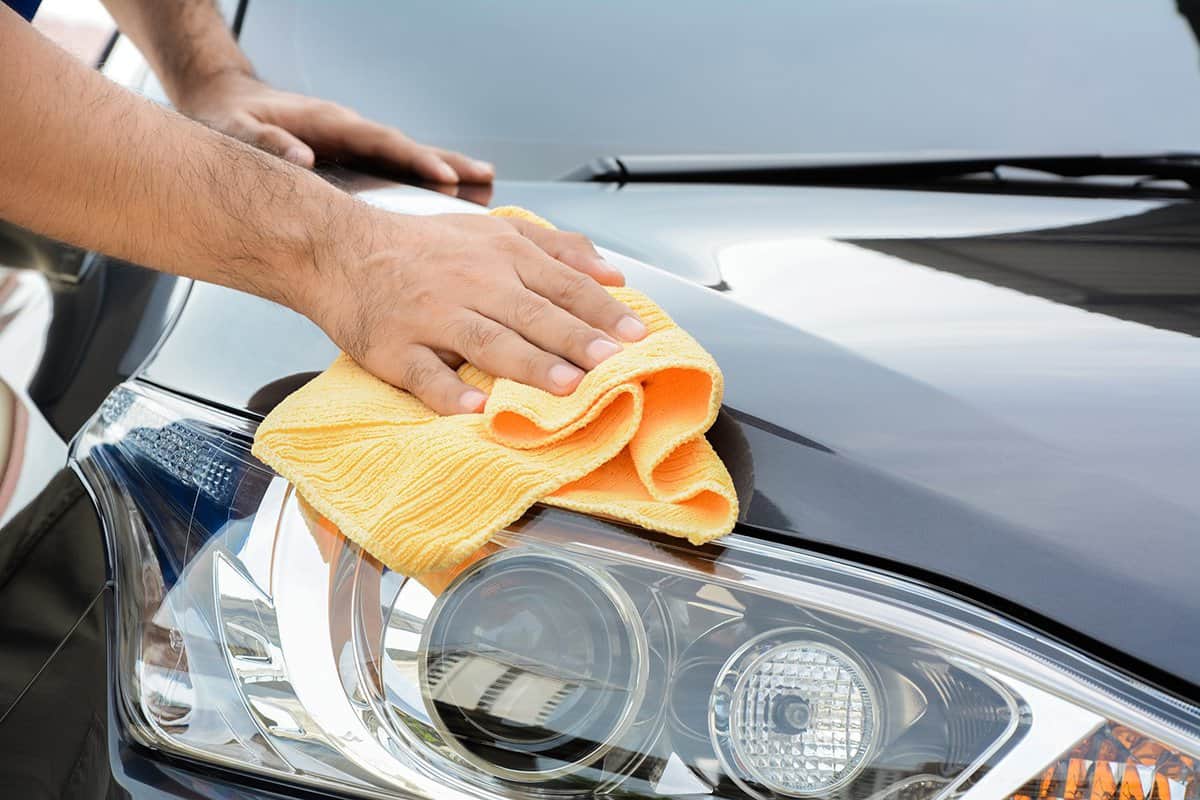
You might not have thought of it before, but a clean vehicle will usually last longer than one that is filthy. Inside and out, a regular cleaning routine will not only make your car look its best but will also help you reach higher mileage.
Thorough washing should be part of your maintenance routine. This removes harmful chemicals from exposure to the elements.
The outside of your vehicle gets a lot of abuse from pollution, road grime and debris, and other potentially corrosive material. The worst is salt, applied by road crews in the winter to melt snow and ice. This needs to be washed away from your vehicle before it can oxidize and rust any exposed metal parts.
The inside needs attention, too. A clean interior will make your air filters last longer. Be sure to avoid smoking or vaping in the vehicle, as this will not only shorten your filter life but will also damage the expensive onboard electronics.
Address Mechanical Issues At The First Sign
It's wise to depend on your senses to determine if there is an issue with your vehicle. Not all problems will first present themselves during a routine maintenance inspection. Rather, they will be first noticed by you when you are driving.
Should you notice any vibration that is out of the ordinary, a noxious odor, or hear noises that are unusual for your vehicle, it's time for immediate action.
These can be indicative of failing parts, which need to be inspected as soon as possible. What might begin as a small issue can quickly grow into a larger, more expensive one.
Taking steps to remedy potential issues when you notice them can save you time and money. It can also help you work to prolong the life of your vehicle, saving it from replacement.
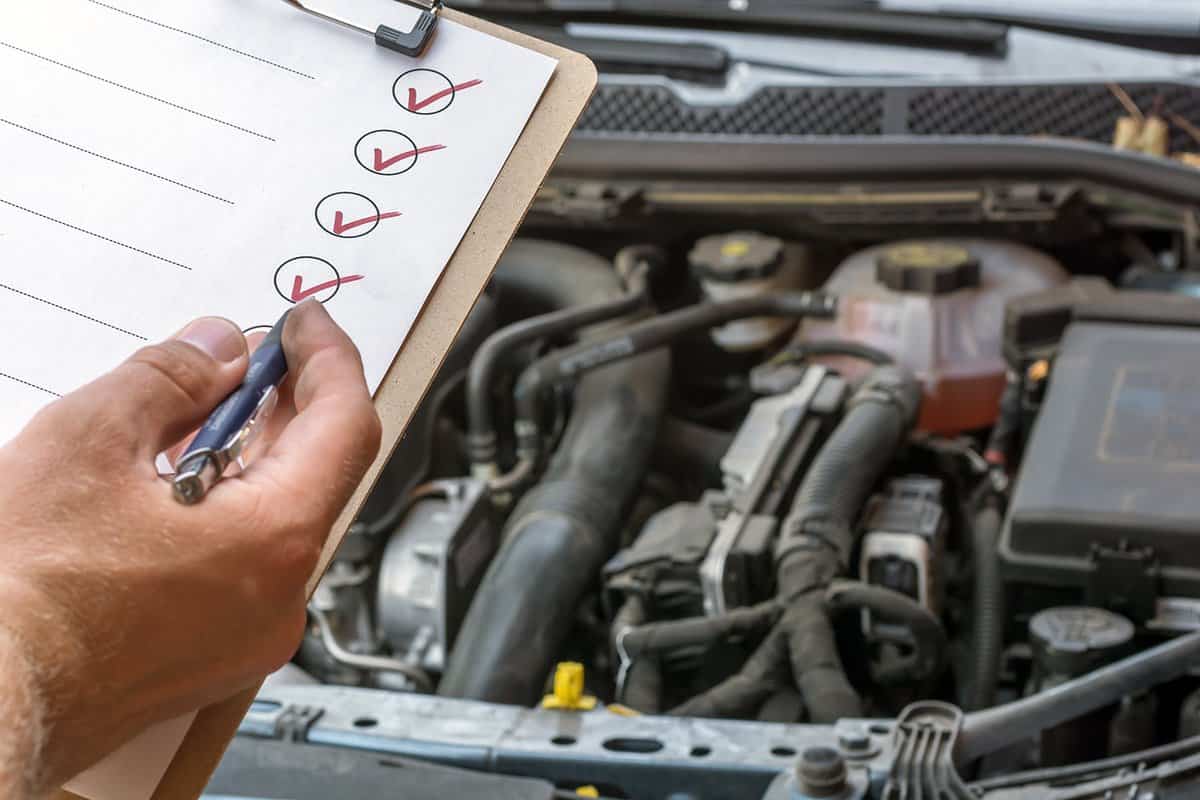
Final Thoughts
50,000 miles will take some time for the average American driver to reach, but those who have long commutes might surpass this number in a few years.
The more miles you put on a car, the less it is worth for resale. Take care of your vehicle and you'll find that it can last you upwards of 200,000 miles. Drive safe!
We hope this post answered all of your questions. For additional helpful information, we suggest reading the following automotive posts:
What’s a Good Mileage for a Used Car? [12K Miles Rule Explained]
